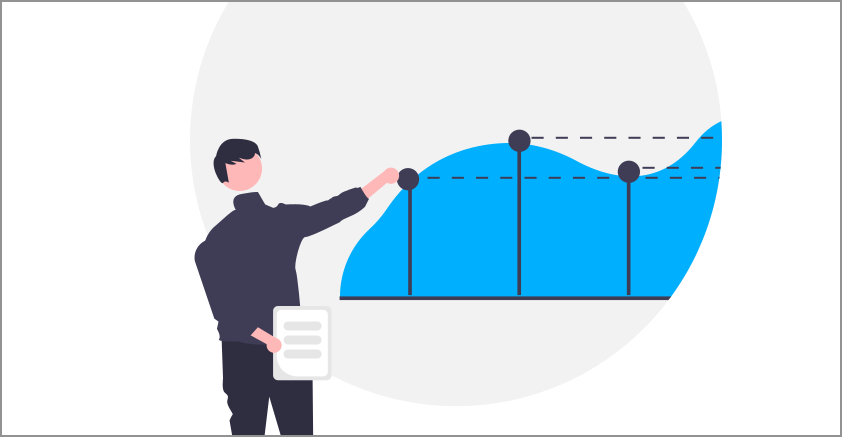Common Party Accounting in ERPNext
ERPNext's Common Party Accounting simplifies managing dual customer-supplier roles, streamlining transactions, and enhancing financial management.

In the business world, it's common to encounter situations where you're both a customer and a supplier to the same company, especially in industries like catering, wholesale, or specialized services. Traditional accounting systems often find it challenging to manage these reciprocal relationships effectively, which can lead to unnecessary complexity and potential errors. However, ERPNext's Common Party Accounting feature provides an effective solution to these accounting challenges.
1. What is Common Party Accounting?
Common Party Accounting allows you to link supplier and customer records for parties that play dual roles in your business. This linkage simplifies transaction management and streamlines the reconciliation process.
2. How It Works: A Quick Example
Imagine you run a popular catering business known for its excellent food and hospitality. And you always buy high-quality ingredients from a trusted supplier. This supplier now needs catering for a family event and naturally comes to you.
Since you regularly purchase ingredients from this supplier, you have a supplier record, and you create purchase invoices. But now this supplier is buying products from you, so you need to create a customer record.
Further, you may want to adjust your purchase transaction with the sales transaction and pay for only the remaining amount.
Instead of creating separate records for suppliers and customers, you can link them in ERPNext using a feature called common party accounting.
3. Setting up common party accounting in ERPNext
- Navigate to “Accounts Settings” and enable “Common Party Accounting” in the ‘Invoicing Features’ section.
Link the customer and supplier.
If the party is already created as a supplier, then create a customer. Go to the “Supplier”, click on “Link with Customer” from the “Actions” option to link.
If the party is already created as a customer, then create a supplier. Go to the “Customer”, and click on “Link with Supplier” from the “Actions” option to link.
- Now, create a sales invoice against the customer who was assigned as the secondary party in the previous step.
- Upon submission of the sales invoice, an automatic journal entry will be made against the linked supplier, creating an advance balance. Also the invoice is marked as paid.
- You can now reconcile this journal entry advance against a Purchase Invoice.
This process allows you to adjust your purchases with the sales transactions.
4. Benefits of Common Party Accounting
- Simplified Record Keeping: Maintain a single, unified record for parties that are both customers and suppliers.
- Automated Reconciliation: The system automatically creates journal entries, reducing manual work and the risk of errors.
- Improved Cash Flow Management: Easily track and manage net balances with parties you have reciprocal relationships with.
- Time-Saving: Reduce the time spent on manual calculations and cross-checking of accounts.
- Enhanced Accuracy: Minimize the risk of discrepancies that can occur with manual reconciliation of separate accounts.
5. Conclusion
Common Party Accounting in ERPNext is a valuable tool for businesses that have reciprocal relationships. By streamlining financial processes, it saves time, reduces errors, and gives you a clearer view of your financial relationships with key partners.
If you often find yourself both buying from and selling to the same business partners, consider implementing this feature. It could be the solution you need to take your financial management to the next level.
No comments yet. Login to start a new discussion Start a new discussion